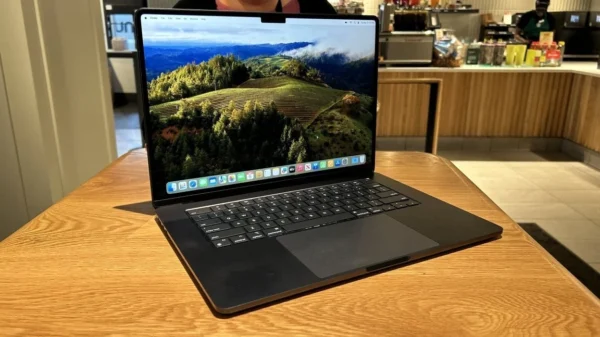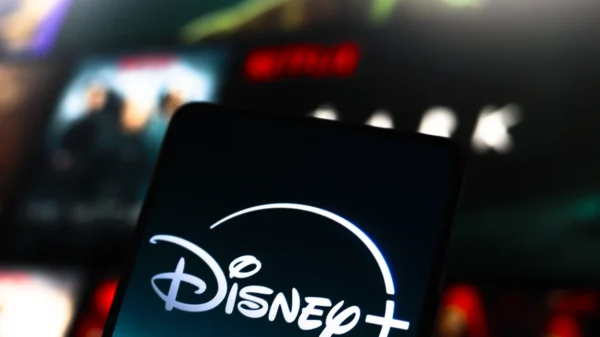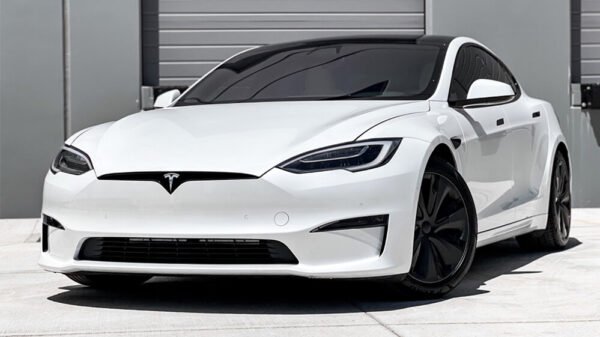In recent months, it seems as though manufacturers of flagship smartphones are competing to design phones that provide as large and immersive a user experience as possible without sacrificing ergonomics or usability, resulting in devices like the Samsung Galaxy S8 and the LG G6, which feature unusually tall displays to accommodate a large footprint. Indeed, it seems difficult to find high-end or even mid-range smartphones that can be used one-handed or can fit comfortably into smaller pockets, as even the smaller versions of the iPhone and the Google Pixel are significantly larger than the flagship smartphones of the previous decade. As such, although the market seems to have determined that consumers prefer impressive specifications and screen real estate for top-of-the-line devices over convenience and portability, it would seem that there ought to exist a niche market for the latter category.
In an attempt to capitalize on this observation, the Shanghai firm Unihertz has launched a Kickstarter campaign for a minuscule smartphone called Jelly, which features a 2.45″ TFT LCD display, runs the latest version of Android Nougat, and retails for $109; however, by contributing to the Kickstarter campaign, potential customers can receive a Jelly phone for $69. Although as of the time of this writing Unihertz’s campaign still has over a month until it is completed, the campaign has already exceeded its goal of $30,000 by over a hundred thousand dollars, illustrating sizable consumer demand.
So what is it about this tiny phone that consumers are finding so attractive? Although the phone’s specifications are certainly capable of adequately performing most standard smartphone tasks, they are by no means impressive: the more expensive Jelly model features only two gigabytes of RAM, roughly half of that of the phone’s larger and more popular competitors, and the screen’s resolution is a laughable 240*432. With these paltry specifications, users may be disappointed to find that the phone is certainly incapable of running even moderately graphically-intensive games and modern applications designed for a screen with a greater resolution. And although the phone supports media playback, the tiny display will certainly make for an uncomfortable video-watching experience.
As such, it seems that the demographic of this phone is not for the consumer who wants the full smartphone experience but is turned off by the larger sizes of recent flagship devices. Rather, the Jelly is a more radical device, likely to be enjoyed mainly by those who are just looking for a backup device to replace their primary smartphone in the case of an emergency, or for consumers who are impoverished or live in developing areas and need a modern communications device.
However, this raises the following question: being so tiny, what does the Jelly offer that is not provided by even cheaper dumphones such as those sold by TracFone?
For one, the combination of smartphone software and a small size makes for a unique combination that allows the phone to be used in novel ways. For instance, as the phone features a GPS and is presumably compatible with the most popular fitness apps available on Android, users can conveniently take their Jelly phones with them during outdoor exercises without adding any uncomfortable bulk. And as the phone includes Bluetooth 4.0 connectivity, users will be able to pair their Jelly phones with their Google Play Music or Spotify accounts and listen to music wirelessly on the go. Furthermore, as a backup phone to a larger Android phone, the Jelly phone certainly makes sense, as the Android operating system allows users to share settings across devices, making for a convenient transition between users’ primary and secondary devices.
Though the Jelly phone’s appeal is certainly niche, its variety of potential applications has surely contributed to its early pre-launch success. While the phone cannot compete with the larger feature set of flagship devices, its popularity may usher in an era of budget-friendly, small-to-medium sized capable smartphones.
Featured image via Flickr
















































